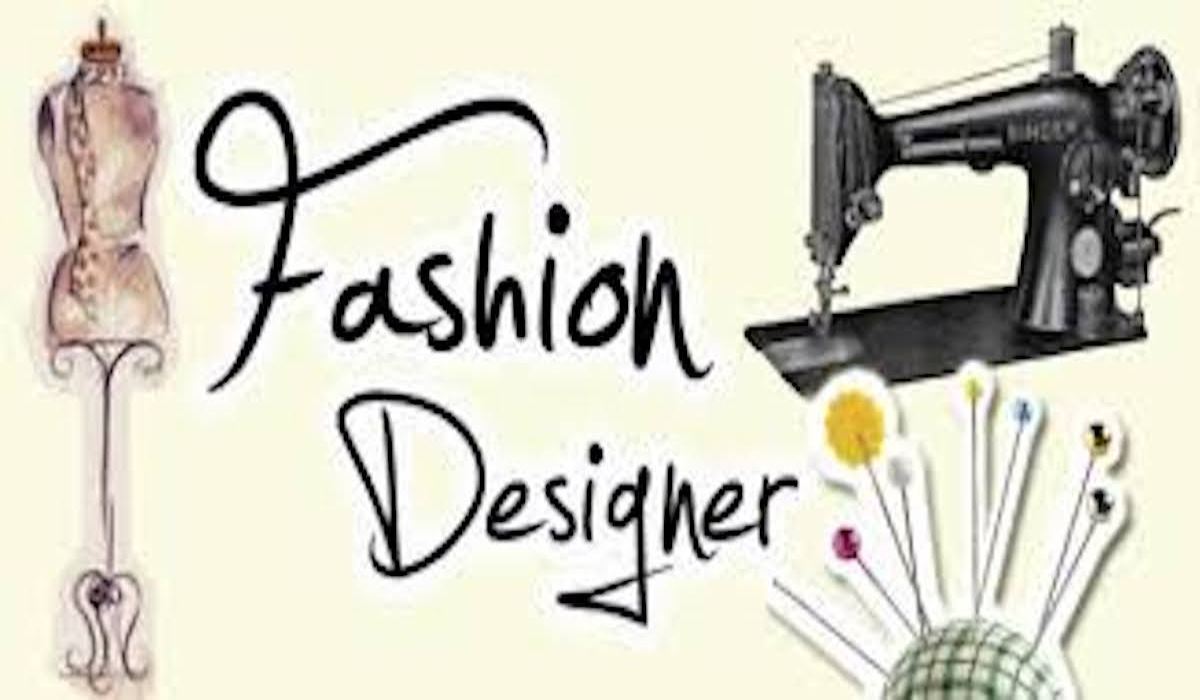Pattern Making — An Essential Step to Garment Construction
In the fashion industry, costumes are only as good as the patterns that they are made from. Whether you aspire to be a fashion designer, fashion consultant, apparel or garment specialist, one of the basic requisites is to understand pattern making. When it comes to fashion designing, the term pattern making refers to developing workable patterns for sewing, based upon a design or a prototype garment. It involves developing paper patterns and cut in fabric through accurate measurements from a dress form or body form. A professional pattern maker must be capable of assessing the proper fitting and adjustments of a garment on live models based on the prepared dress patterns.
Pattern making is an essential subject in fashion education. Its main purpose is to ensure uniformity during mass production. That is, to create several garments of a same design, the apparel pattern must be uniform in size and shape from one garment to the next. Any fashionably designed apparel cannot be of unusual shape or size. For that reason, exact tracing or cutting around the pattern pieces for each of the different sections of a garment is important. Draping is another relatively common method of creating garment patterns.
Read Also: Unlocking Creativity: The Role of Technology in Modern Education
Working independently or with other designers to create custom patterns, highly trained pattern makers conceptualize the type of pattern that needs to be made based on the design sketches. They measure, draw, and cut out the pieces of a pattern from several different materials, including pattern paper, muslin (cotton fabric) or thin plastic. These pieces are then sewn together to make a test garment to ensure the size accuracy and usefulness of the final product. The majority of pattern makers also specialize in selection of the fabric type and fabric color that will be used to make a perfectly sized garment.
Do you want free career counseling?
Ignite Your Ambitions- Seize the Opportunity for a Free Career Counseling Session.
- 30+ Years in Education
- 250+ Faculties
- 30K+ Alumni Network
- 10th in World Ranking
- 1000+ Celebrity
- 120+ Countries Students Enrolled
Read Also: Fashion Design vs. Fashion Communication: Which Career Path is Right for You
Methods of pattern making:
- Drafting: Drafting is a relatively simple two-dimensional paper pattern preparation technique. The wearer’s particular measurements are used to prepare the pattern, usually on brown paper. The clothing created using the drafting approach fits the wearer perfectly and makes them happy. Drafting one’s own pattern is quite wise and cost-effective. By using the fundamental pattern, one may also easily alter the style. This kind of pattern is simple to create, either by hand drawing or by using a computer that has been programmed to create these fundamental designs based on the wearer’s measurements.
- Draping: To ensure a dependable fitting experience for the wearer, draping entails a thorough survey and analysis of the wearer’s dimensions. Draping was formerly known as modeling. Draping was a common technique used in clothing design and was thought to be the initial way of creating garment patterns.
- Commercial Patterns: Generally speaking, commercial patterns offer fashion in the newest fads and trends, tailored to fit specific sizes exclusively. Most commonly, it is sold in tissue paper. The majority of the time, these commercial patterns are used to show neck sizes for items like shirts, children’s and women’s chest or bust measures, or the waist, hip, and length measurements for items like pants and skirts. A wonderful place to start for someone who wants to design their own clothes is with commercial patterns.
Uses of Paper Patterns:
Paper patterns serve as essential tools in fashion design, providing precise guidelines for cutting fabric. Their versatility and accuracy streamline the garment creation process, ensuring consistency and saving time during production.
Read Also: Why Pursue a Career in Fashion Communication?
Book Now →
- Paper patterns are very useful for beginners as well as experts because there is no risk involved of the paper or material being cut wrongly.
- It is the best method of learning for the beginner, as the student is praciting on paper rather than on the direct clothes.
- Paper patterns are time and labor saving as they are reusable. Paper patterns are simply adjustable so that a proper fit may be guaranteed.
- When producing clothing, modifying the design is simple if the fundamental paper pattern is being used.
- Paper patterns are simply adjustable so that a proper fit may be guaranteed.
- When producing clothing, modifying the design is simple if the fundamental paper pattern is being used.
Conclusion
The School of Fashion & Design at AAFT provides a professional environment and opportunity for students to learn necessary specialized skills through hands-on training by highly qualified academicians. For those interested in pursuing a career in pattern making usually need to take classes in drawing & illustration, computer graphics or CAD, anatomy, textiles and fashion design.

AAFT has been providing the world with limitless creativity and expression since 1993! Through a dynamic and industry-driven curriculum, AAFT provides engaging and captivating articles to persuasive blogs and empowers its readers to explore diverse avenues of creative media education-related content.






